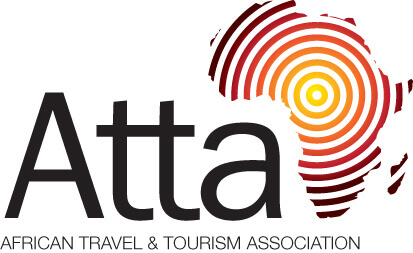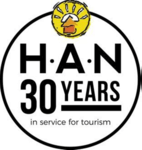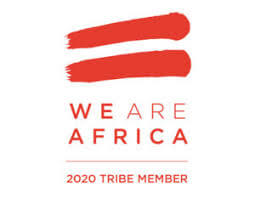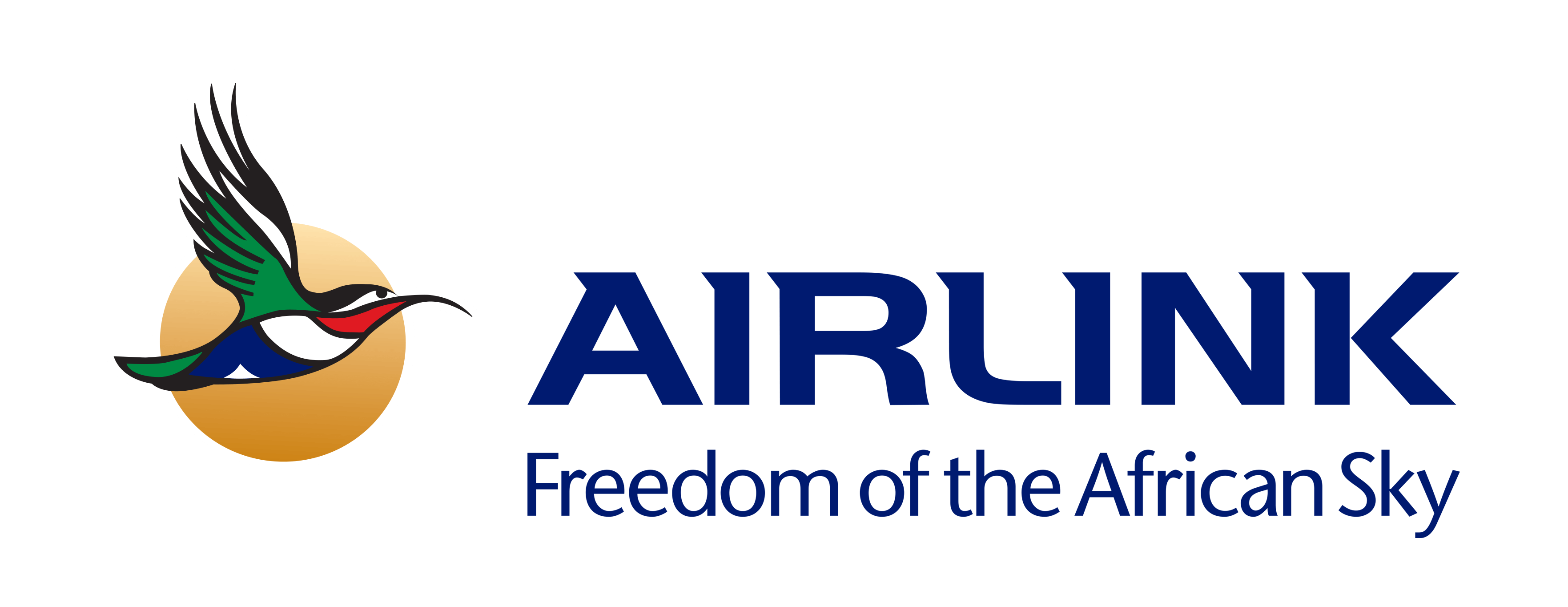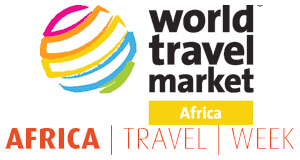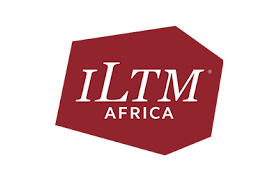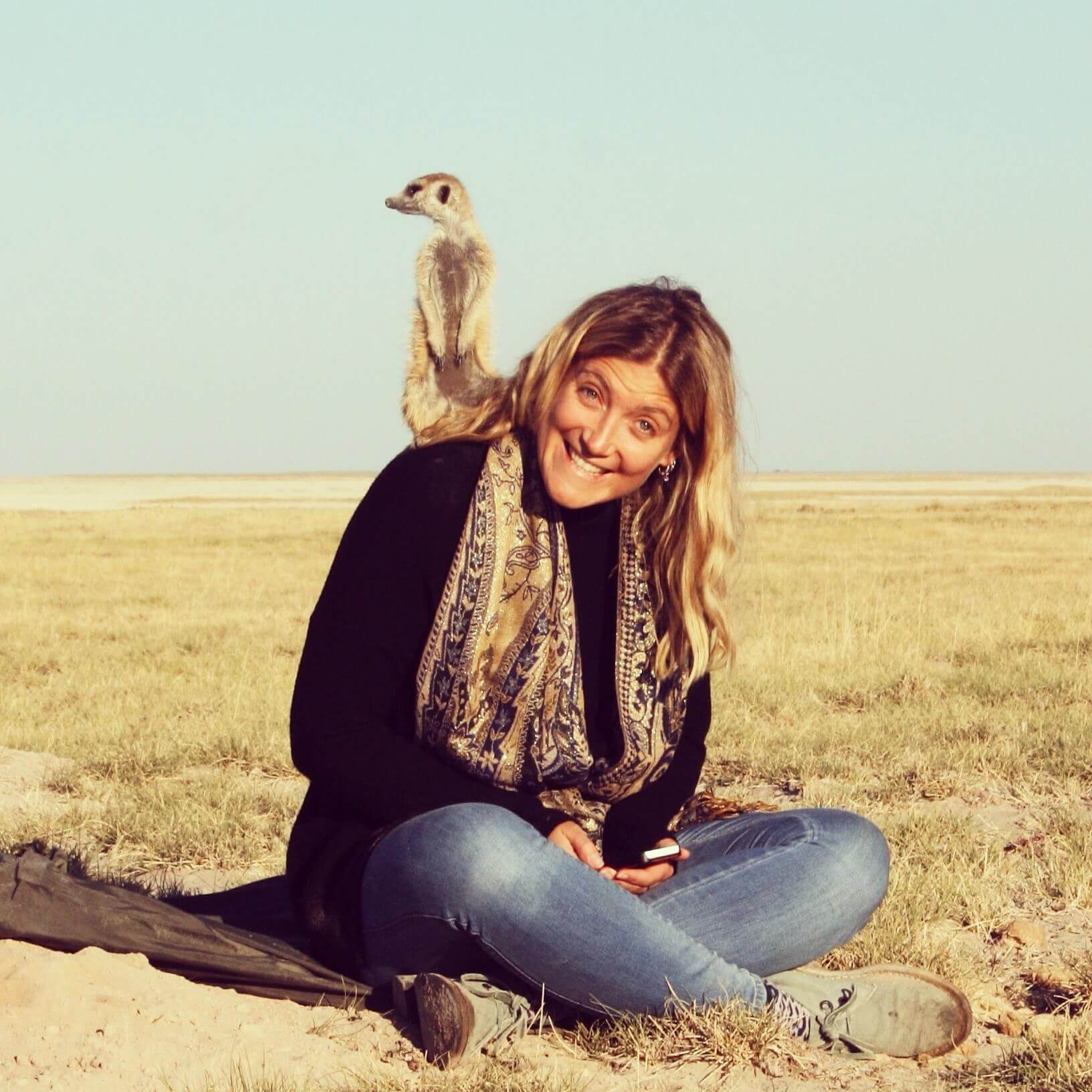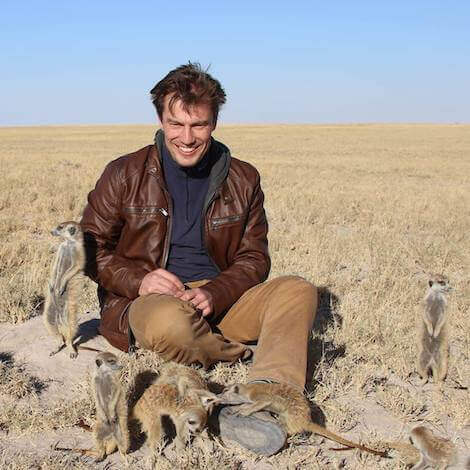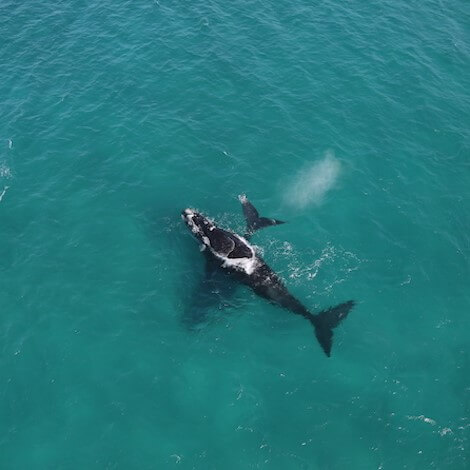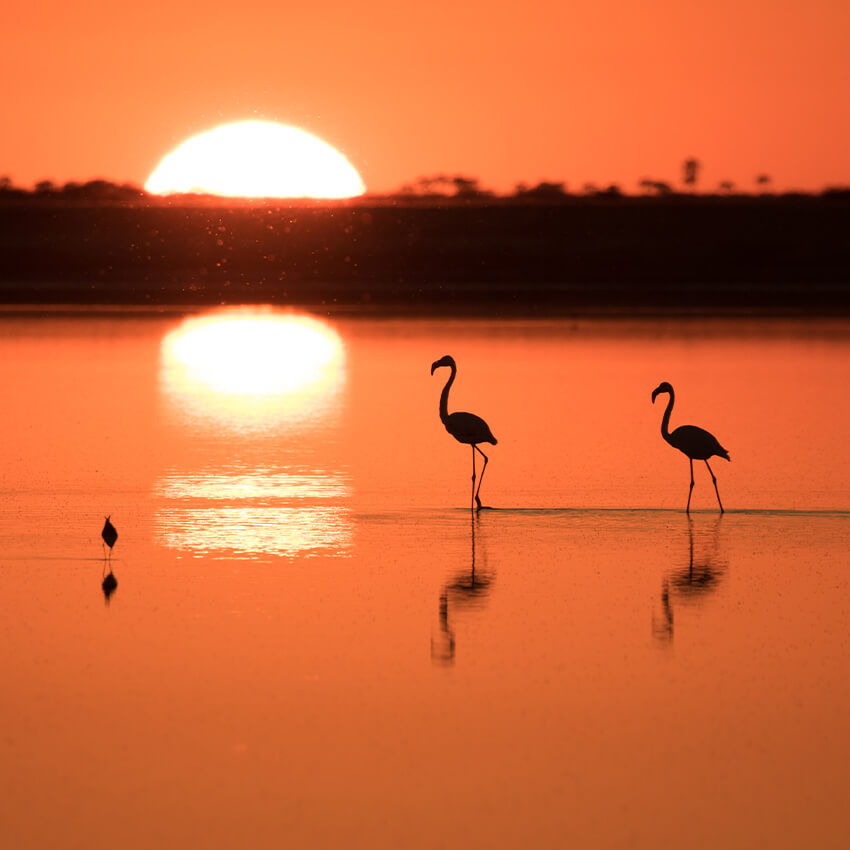Meet Our Characters: Kristine Meise
 Scott Ramsay
Scott Ramsay
 June 14, 2020
June 14, 2020
Botswana’s relative success in wildlife conservation has led to a resurgence in elephant numbers. There are more than 150 000, the most of any African country, up from 100 000 about 20 years ago.
Increasingly, elephants are moving south from Chobe and the Okavango, into regions like the central Kalahari and Makgadikgadi Pans, where local people haven’t seen elephants for several decades.
Besides their danger to the physical safety of people, the big animals pose a real threat to crop farmers: one bull can eat a family’s annual crop production in a night.
Conservationist Dr. Kristine Meise manages a small team of researchers and community officers at Elephants for Africa, an organisation that is implementing real-life solutions for people living with elephants along the Boteti River, in the west of Makgadikgadi Pans National Park.
To support Elephants for Africa with funding for their work in Botswana, go to www.elephantsforafrica.org
Scott Ramsay: “You’re from a small town three hours south of Hamburg in Germany, but you’ve worked as a researcher in the Galapagos (conducting your PhD on male sea lions), in Namibia (with baboons) and in Kenya (studying communication between herbivore species). How did you start working as a conservationist with local people in Botswana?”
Kristine Meise: “During my research work with wild animal species in Africa, it became clear to me that communities – to a large degree – are not benefiting from living alongside wild animals. Instead, their lives are often negatively impacted by the presence of wild animals like elephants and lions.
I saw that in Kenya and Namibia, and now in Botswana too.
Conservation is more than just species protection. For wildlife conservation to work, it also has to include Africa’s communities.
So I wanted to make a difference in the bigger picture and in June 2019, I began working for Elephants for Africa in the Makgadikgadi Pans region of Botswana.
Our work here builds on the work which researcher Dr. Kate Evans had begun in 2002 in the Okavango, where she conducted her PhD on the movement and behaviour of male elephants. She established Elephants for Africa in 2007.
In 2012, EFA moved to the Boteti Region where we initially worked on elephant demographics and social behaviour of male elephants in the park. Kate Evans soon realized that local people really needed some immediate help, because of increasing between that elephants and local famers.”
SR: “Can you give some more context on how elephants are impacting the lives of local people here in the Boteti region of Makgadikgadi Pans?”
KM: “More and more elephants are moving south every year from northern Botswana. If you speak to elderly people who grew up near the Boteti River, they will say they never saw elephants until the early 2000s.
Then in 2008 the Okavango had one of its biggest floods, and due to ecological changes, the overflow fed into the Boteti River which had been dry for 18 years up to that point. From then on the elephants started moving here in larger numbers.
Initially it was only elephant bulls which moved south. The breeding herds tended to stay in the north, probably because the matriarchs are more cautious about leading the youngsters into areas where there are people, roads and towns. Only recently have a few breeding herds moved into the area.
The bulls, however, aren’t easily scared off. They’ve got no young to protect which makes them more likely to raid a farmer’s crops because they’re bolder.”
SR: “How big is your team, and what sort of solutions are you helping implement for locals?”
KM: “Our local team in Botswana is fairly small with just four people. Myself, Walona Sehularo (the community outreach officer), Mankind Molosiwa (a local farmer who works with other farmers) and Thatayaone Motsentwa (our research assistant).
Walona does a lot of community education, going from village to village to talk about how to deal with wild animals like elephants.
Elephants aren’t dangerous because they’re inherently dangerous. They’re mostly dangerous because of how we react to them, and how they respond to our reaction. So if people know how to interpret an elephant’s behaviour they in turn can react safely and appropriately, defusing a potentially dangerous situation.
The education work that Walona does is critical, not just for adults, but for children too. He meets with several of the schools and give monthly lectures to pupils.
We also do a lot of general environmental education, around fresh water use, climate change and species extinction.
And we also introduce the kids to careers in wildlife research and tourism, by taking them into the national park and exposing them to the local role models. These are careers that have a real future in Botswana with all its wildlife and tourism.
Mankind is our farmer outreach officer. He’s a farmer himself, and so he knows exactly what the challenges are.
There are over forty farmers that he works with in the Kumaga area. He arranges workshops with them to discuss and implement solutions that will keep elephants out of crop fields – mostly maize, sorghum, watermelons and beans.
He also gives talks on how to implement conservation-friendly farming methods like composting, which can improve yield on crops, as well as how to market crops to buyers more efficiently.
Then Thatayaone Motsentwa is our research assistant who currently focuses on tracking elephant bulls on community land, to understand their movements and habits.
That way we can get a better understanding of where elephants are likely to move, and that helps us inform and warn local people. He’s also a brilliant researcher who is good at spotting elephants when we do our work in the national park.”
SR: “What sort of solutions are most effective in keeping elephants out of crops?”
KM: “We advocate the use of a mixture of dried chilli and dried elephant dung, which is burned in small containers that are placed around the crop field.
The smoke burns the elephants’ eyes, keeping them away from the field. It’s quite effective, but it’s not always easy to get supplies of enough dried chillis. Chilli is water intensive and difficult to grow in Botswana!
A more sustainable, effective solution – but also more expensive – is the use of solar-powered electric fences. These are very effective at keeping elephants out of fields.
But because elephants are so intelligent, they learn how to short the electric fences by using their tusks or pushing a younger bull through the fence first! So we always recommend multiple mitigation methods…not just one.
Mankind and a few other farms have installed electric fences with help from EFA, and this method has worked really well.
Mankind used to have to spend each night in his field, to chase the elephants away with nothing more than a torch and some shouting at the elephants! So he’s definitely happier – and safer – now that he’s got his electric fence.
The use of bee hives along fences have been trialed, but they aren’t effective here in the Boteti region, because bees need water and pollen from flowers. Because this region only gets rain for a few weeks every year, bees don’t do so well.
In other areas, people considered digging trenches around the fields, but that’s a hugely time-consuming and difficult solution that is hard to roll out across lots of crop fields.
Also, in the Boteti region, where the soil is very sandy, trenches don’t really work. The trenches also pose danger to other wildlife that can get stuck in the trenches.”
SR: “How many local people are you attempting to impact with your work?”
KM: “We work intensively with three communities based adjacent to the Makgadikgadi Pans National Park. We’re based in Kumaga, near the western edge National Park, where there are about 1000 people living.
Then we also work with Moreomaoto Village (with about 800 people), and Phuduhudu Village (with about 500 people).
About 70% of our work is with communities and people, while 30% is focused on elephant research.
Although we are a small team, we can make a significant impact, as long as we have enough funding.”
SR: “Where does your funding come from, and how much do you need, ideally?”
KM: “Natural Selection is the main funder of our community work in Moreomaoto Village, near to Meno a Kwena camp.
Other aspects of our work are funded by local tourism operators, corporate sponsors or zoological societies from all countries around the world.
However, with every new research idea and every new community we are partnering with, we need more funding.
For example, we are currently looking for funding to collar some bull elephants to track their movements, to see where they are moving, why they are moving there and how their movements impact local communities.
This costs US$12 500 per elephant, so not cheap, but the data from collars could help us understand why elephants are moving south from the Okanvango Delta rather than north into neighbouring countries such as Angola and Zambia.
Ideally, we would aim for 8-10 elephants, but it all depends on funding opportunities, so please support us if you can.”
SR: “How many elephants now occur in this region of Makgadikgadi Pans?”
KM: “Data from aerial surveys estimate that there are around 1 500 elephants in the western part of the Makgadikgadi Pans National Park where we focus our work.
It is a transient population, so you do not always see that many elephants around. We still don’t know where they are coming from or going to and why they migrate to the Boteti river. We hope to answer as many of these questions as possible in the coming years.”
SR: “What do you appreciate most about your work here in this relatively remote part of Botswana?”
KM: “The Makagdikagdi Pans region is always changing, because it’s a semi-arid area that receives sporadic rainfall. So there’s always something new to discover.
Summer is so different to winter, and of course it’s a huge landscape, and very dynamic.
I was born in Germany, but I’ve always been drawn to field work in Africa, because it follows the natural rhythms of nature.”
Special Offers
Our special offers are designed to help you experience everything southern Africa has to offer whilst also saving some all-important pennies. Whether you’re about to embark on a once-in-a-lifetime solo trip, or are celebrating a special occasion, have a peek at our offers and see what could be in store for you.
